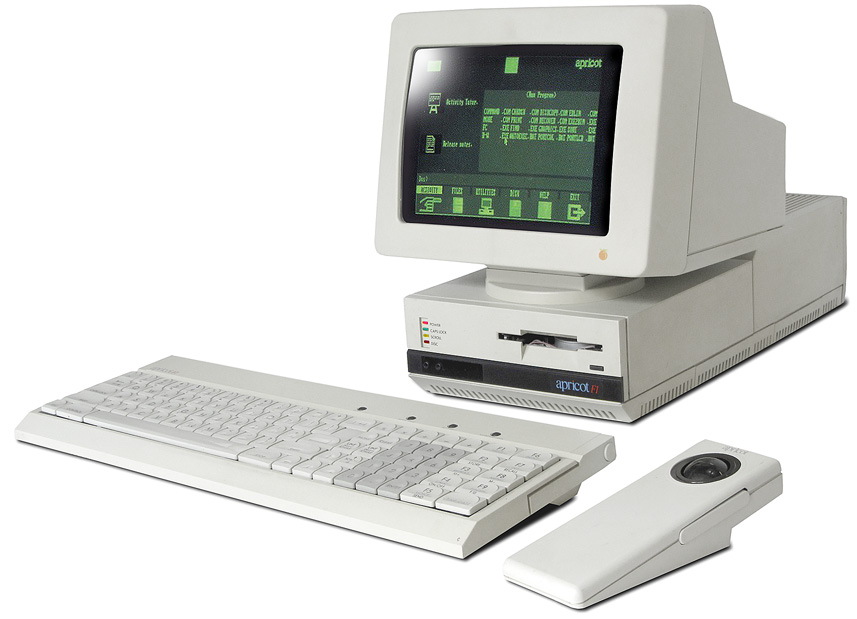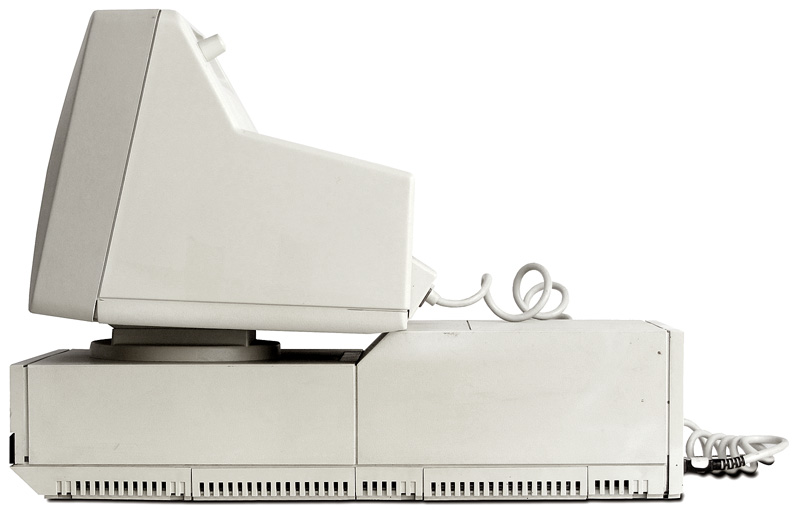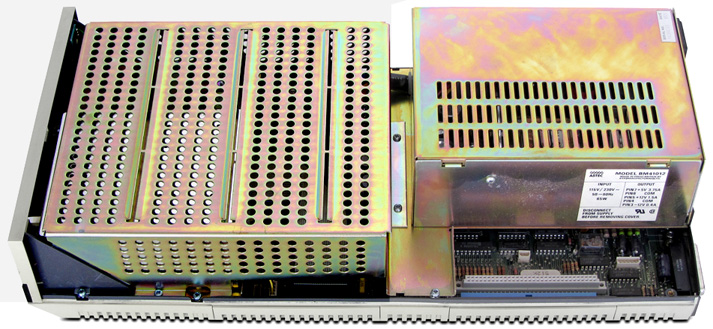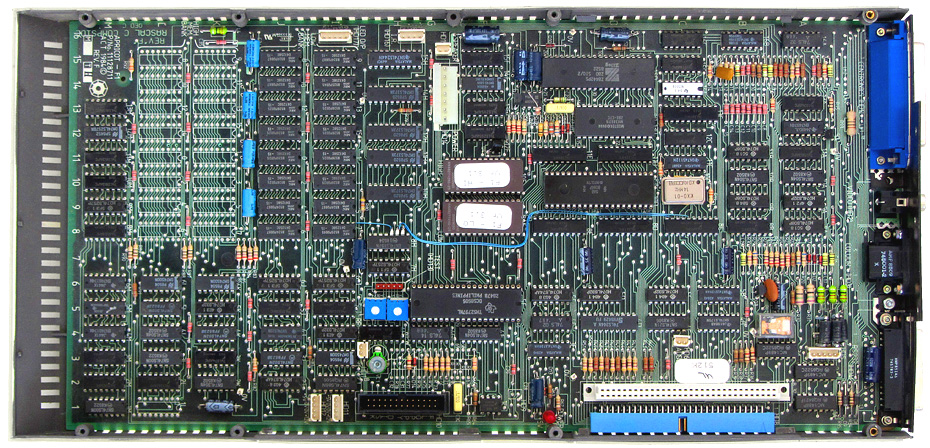|
|---|
| ACT Apricot F1 |
| Manufacturer | ACT - Applied Computer Techniques |
| Model | Apricot F1 |
| Announced: | July 1984 |
| Price: | £1,095, US$1,695 - monitor $300-$600 |
| CPU: | Intel 8086 @ 4.67MHz |
| Memory: | 256K - 768K RAM |
| Display: | 640x256 max graphics, 4-16 colors |
| Expansion: | one internal, one side expansion slot |
| Storage: | one internal DSDD 720K 3.5-inch floppy drive
optional 10MB Winchester hard drive |
| Ports: | video, parallel, serial, system bus |
| OS: | MS-DOS 2.11 with "Activity" GUI front-end
CP/M-86 and Concurrent DOS also supported
Later, GEM GUI interface |
| |
|





